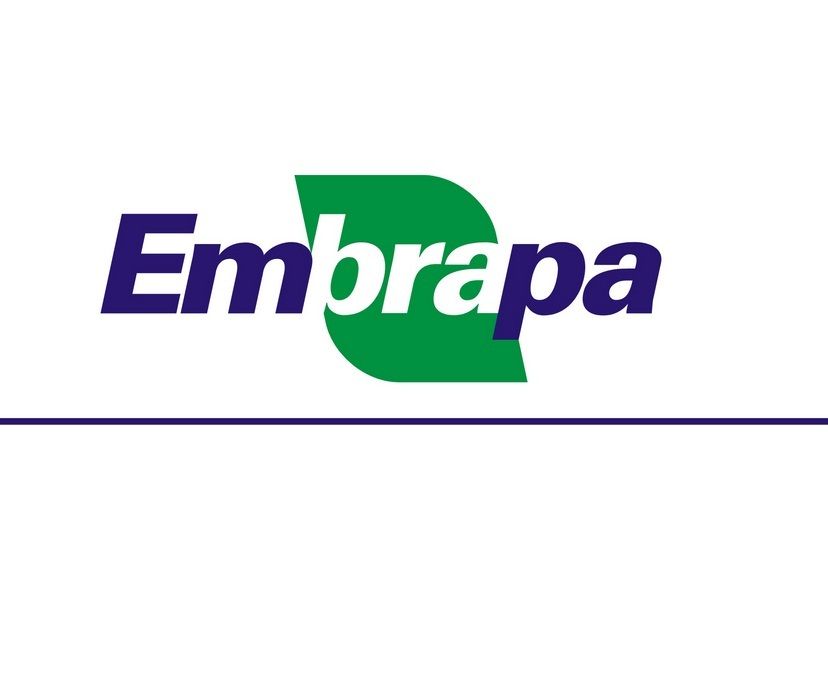Agribusiness banking specialist Rabobank has predicted national milk production will expand by 2.8 per cent, this financial year
That will bring it back above nine billion litres for the first time since the 2017/18 season.
Rabobank says with rainfall expected to be above average across Australia’s main “dairy belts” from September through November, the sector was on track for a strong ‘spring flush’, when milk production typically surged, peaking in October.
Rabobank senior dairy analyst Michael Harvey said national milk production for 2019/20 finished marginally down on the previous year at 8.775 million litres, it was a tale of two halves.
“Production was negatively impacted by poor seasonal conditions in the first half of the 2019/20 season, but timely rainfall across key regions since summer has seen the milk pool begin to recover from December last year,” Mr Harvey said.
The report said growth was led by Tasmania and eastern Victoria, while irrigated dairy farming operations in the southern Murray Darling Basin – the region which contributed to the biggest milk production declines in recent years – were now “enjoying better water market conditions”.
For the month of June 2020, Mr Harvey said, Australian milk production was already 4.1 per cent higher than the previous June.
The ongoing recovery in milk supply would be welcome news for the Australian dairy supply chain, the report said.
“Australia’s exportable surplus will continue to recover with milk supply growth,” Mr Harvey said.
“Not only will more milk in the system help alleviate some overhead cost pressures for dairy processors, it will also allow dairy exporters to explore growth opportunities.”
In other positives, the report said, Australian dairy farm operators continue to enjoy lower feed costs and elevated cull cow prices.
Dairy Australia Industry Insights and Analysis Manager John Droppert said there had been a strong recovery in Australian milk production, through the second half of last season.
“The outlook is supportive of both better pasture growth conditions on farm and lower input prices for the current one,” Mr Droppert said.
“Globally, prices have indeed remained supported, but government spending has played a role in this, and such measures are likely to be tapered off in the coming months.
“Hence, we see material downside risks for commodity prices, particularly as growth in milk supply continues.
Back home, farmgate prices were largely locked in for this season, so the downside risk for farmers was limited, and consumers had continued to buy dairy products
“Forced changes to their consumption habits have created some significant product and channel shifts,” Mr Droppert said.
Amazing season
Karinjeet Singh-Mahil, Crossley, milks more than 260 cross-breds with husband Brian Schuler.
She said prices were good and the season would also contribute to increased production..
“You don’t know, one hot northerly, and everything can disappear, but it’s setting up to be a good season, and it’s an amazing season so far,” Ms Singh-Mahil said.
She said while some farmers said it had been a little bit dry over winter.
“But a little bit dry over winter is not a bad thing, because it means there is less damage in your paddocks, over winter, and your pasture will take off in spring.”
As split calvers, she said it would not mean more milk, but production would hold up better..
“It’s when the heat hits, and you don’t have the green feed out there, that’s when your milk supply drops,’ she said.
“The cows are just like pigs in clover, at the moment, they are really happy, the amount of grass they have.”
She said she hoped the prices would stay up.
“When they opened, with a six in front, at least every farmer knew there was some potential to make some money, or consolidate, but to have the grass on the ground, makes it even better.”
“Let it remain that way, please.”
Production up
Lachie Sutherland, Larpent, said his production was up.
“What bothers me, is the numbers we hear on farmers exiting the industry, are those cows being milked by someone else?”
Mr Sutherland, who milks 380 head, said his production was up 20 per cent, on the same time last year.
“The seasons, right back from last spring, have been exceptional.
Production was up, and that was due to the climate.
“It takes a while to build, so having good seasons means we are feeding our cows better, but cows are calving in better conditions, even when they come into the dairy, they produce more milk in their first lactation.
“Having a good year last year, means this year will be good.
But Cohuna’s Jode Hay sounded a note of caution.
Ms Hay said her farm was currently on 37 per cent of water allocations, which she said was ” not overly robust,” and it was trading at $310/megalitre.
“I think it is being a little bit optimistic,” Ms Hay, who milks 400 head, said.
“We are going to maintain production, it’s certainly been a lovely season.”
She said dryland crops had come into their own, and they had been able to cut back on water usage.
“The dry winter works for farmers, because you don’t have that stress on your cows, I think all those things are pointing towards a more comfortable season.”
But she said there was no easing in the water market, althought the farm had been able to carry over water, which was also helpful.













